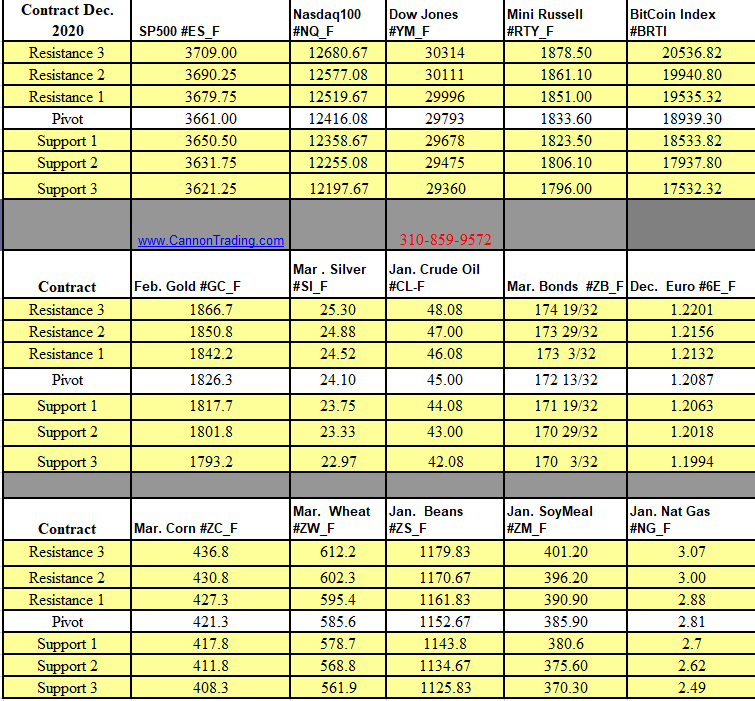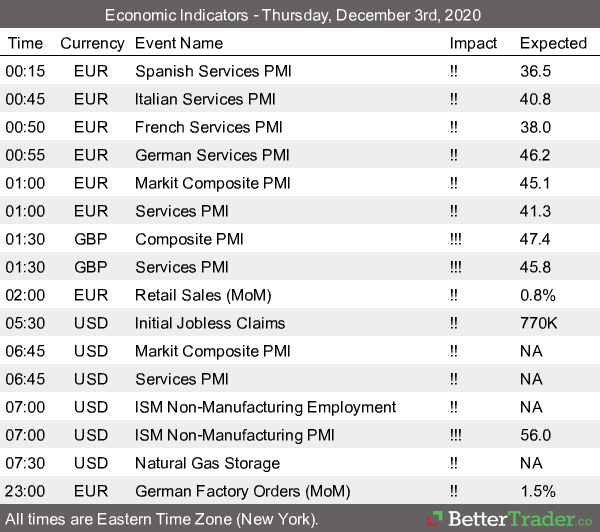As I often do on Mondays…quick recap and lok ahead for fundamentals affecting major markets from our friends at www.TradeTheNews.com
– With Europe slowly sinking into deflation and looming recession, the ECB took action this week, cutting rates and pledging to launch an asset-backed securities buying program. In the US, the August jobs report was weaker than expected, although analysts largely explained away the miss. The S&P500 has seemed reluctant to go much higher after topping 2000 for the first time last week. The conflict in Ukraine turned from warfare to diplomacy yet again as evidence of Russia’s hand in the fighting became more and more obvious and Western allies threatened additional economic sanctions. China PMI readings stabilized, which was enough to send the Shanghai Composite up nearly five percent, its biggest weekly gain in over a year. For the week, the DJIA rose 0.2%, the S&P500 gained 0.2% and the Nasdaq edged up less than 0.1%.
– On Thursday the ECB cut its refinancing rate to 0.05% from 0.15% and its deposit rate to -0.2% from -0.1%, and announced that it would launch an asset purchase program focused on private asset-backed securities. ECB President Draghi pronounced that that the ECB was now officially at the lower bound of interest rates and that no more rate cuts were possible. The decisions were not unanimous, however Draghi said a “comfortable majority” was in favor of the new measures. Observers pointed out that the European ABS market was relatively small and that the program might not be the sort of weapon that would do much to forestall deflation. The big bazooka of sovereign bond purchases remains on the shelf, with German opposition to its use still very strong; note that the Bundesbank’s Weidmann was the most vocal opponent to the rate cuts and ABS program announced this week.
– The August US jobs report disappointed markets on Friday with a sizable miss in the nonfarm payrolls (+142K v +230Ke). The NFP was the lowest reading in 2014 so far and broke a six-month stretch of 200K+ monthly gains, the longest run seen since the late 1990s. Commentators noted that the August data has the greatest chance of being revised higher due to seasonal factors, and many analysts suggest the final estimate will rise to the upper half of the 150-200K range. In addition, over the last 12 years or so, every NFP print over +300K has been followed by one near or under +100K, suggesting that the July/August data are following a well-established pattern.
– Coming into the week, the situation in Ukraine was going from bad to worse, with reports indicating more columns of Russian tanks and troops were entering the country to reinforce pro-Russian separatists in their offensive against government forces. On Wednesday Russia President Putin and Ukraine President Poroshenko restarted diplomacy that had broken off a week before, agreeing to discuss another ceasefire on Friday. It was not lost on anyone that Putin’s overture came as the planned NATO summit convened in Wales. Ahead of the confab, US President Obama reiterated the alliance’s defense commitments to its eastern members, and at the summit NATO finalized agreements for more aid to Ukraine and leaders said more sanctions on Russia are imminent. On Friday, Kiev and the separatists agreed to a temporary ceasefire and talks continue for a more enduring truce.
– Shares of BP dropped sharply on Thursday, pulling the FTSE lower with it, after a US judge ruled that the company was grossly negligent in the 2010 Macondo oil spill. Recall that BP has already agreed to pay $13.7 billion in fines for the Gulf of Mexico spill, but the “gross negligence” finding means BP could face quadruple damages and a maximum of $18 billion in additional fines. Transocean and Halliburton were found to be partly culpable but cleared of gross negligence in the case.
– August auto sales were mostly beat expectations, highlighted by Chrysler’s sales up 20% y/y. The overall industry continues to see sales volumes recover to levels last seen before the recession. A Ford sales executive said the industry is very strong at this stage in the US economic recovery, with August industry SAAR running around a mid-17M unit annualized rate, the best rate since 2006.
– Homebuilders Toll Brothers and Hovnanian both beat expectations in third quarter reports out this week, and both firms saw very good y/y gains in revenues and profits. Toll Brothers narrowed its FY14 guidance for expected deliveries and said ASPs would be higher than expected, sending the company’s shares lower. Hovnanian did not offer guidance, but its metrics for the quarter were pretty solid, with the backlog up by double digits.
– According to press reports, Alibaba plans to kick off its IPO roadshow in New York City starting on Monday, Sept 8th. On Friday, the IPO pricing range was set at $60-66/ADS implying a valuation around $150 billion (similar to the market cap of Amazon). Alibaba is expected to price the IPO on Sept 18th and begin trading its shares on the NYSE on Sept 19th.
– In M&A, two large deals were announced on Tuesday. Norwegian Cruise Line Holdings agreed to acquire Prestige Cruises International Inc. in a deal valued at about $3.03 billion. Prestige is owned by PE firm Apollo Global Management, which also has a 20% stake in Norwegian. Compuware reached a tentative deal to sell itself for $2.5 billion to PE fund Thomas Bravo. Compuware had been under pressure from activist investors to cut costs, lay off staff, and solicit buyout offers for more than a year.
– The ECB policy decision on Thursday slammed the euro, driving the biggest one-day decline in EUR/USD since October 2011, with the pair dropping to 1.2920 from 1.3150. EUR/USD spent all of Thursday and Friday below 1.30. EUR/CHF tested 1.2045, getting as close to the SNB floor as the pair has been since it was established in September 2011. The pound was softer as traders positioned nervously ahead of the Scottish independence referendum scheduled for September 18th. A YouGov poll out this week suggested that support for Scottish independence had risen eight points over the past month, dangerously close to the 50% threshold. Analysts pointed out that a significant GBP risk event could unfold as UK economic data has begun to soften across the board.
– USD/JPY hit 6-year highs late in the week after Japan PM Abe offered LDP deputy policy chief Yasuhisa Shiozaki the Health Minister cabinet post, sparking hopes of early GPIF pension reform. Shiozaki has been the LDP’s largest proponent of GPIF pension reform including diversification into more domestic equities and foreign securities and away from domestic bonds.
– The Bank of Japan maintained its assessment for the 13th consecutive meeting that “economy continued to recover moderately as a trend”, and despite some speculation of a more upbeat language, it largely stuck to the familiar script. The only change in the latest BOJ statement was a downgrade on the property market, noting the “decline in housing investment following front-loaded increase has continued.” Also of note out of Japan, wage inflation is finally accelerating more meaningfully, with the latest data out of Labor Statistics showing July cash earnings growing by 2.6% y/y – the largest increase since 1997. This should provide some welcome relief to Abenomics, just as the cabinet approval ratings for PM Abe also headed higher following this week’s cabinet reshuffle. Late on Friday, Japan’s Economy Minister Amari pledged more caution in the government’s expected December decision on whether to proceed with another round of sales tax hikes.
– China PMI figures showed the economy diverging in favor of the services sector, which would be in line with policy objectives in Beijing. Official non-manufacturing PMI rose for the first time in 3 months to 54.4 from 54.2, while HSBC services PMI hit a 17-month high of 54.1 following an alarming record low of 50.0 print in July. In contrast, the official manufacturing PMI slowed for the first time in 6 months to 51.1, and the final HSBC manufacturing PMI fell to a 3-month low. HSBC chief China economist was cautious on both measures, noting subdued domestic demand and considerable downside risks to growth in the second half of 2014 related to the property sector slowdown justifying expectations for more easing measures to support the recovery. The Shanghai Composite was bid higher by an impressive 4.9% this week – the biggest gain since early 2013 and the highest level for the index in 15 months.











